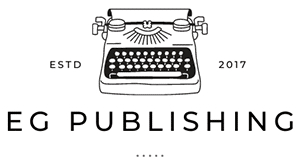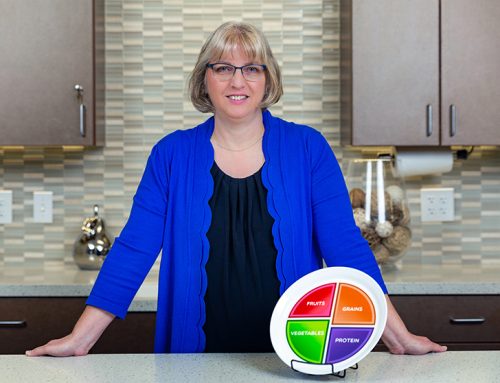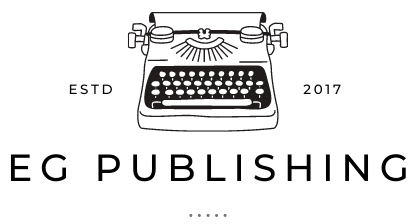By: Dr. Danika Bowen, Carrington College
Be it at work or at play, we put pressure on ourselves to perform each and every day.
But that is nothing compared to the pressure being put on our hearts.
And, while we can take a vacation, meditate or exercise to alleviate the pressure in our daily lives, our heart has no such luxury.
If you don’t take the time to understand your own blood pressure, you run the risk of a developing a stroke, heart attack, heart failure, erectile dysfunction, aneurysm, kidney damage, atherosclerosis (fatty buildup in the arteries) and even vision loss.
May – High Blood Pressure Education Month in the United States – is the perfect time to understand your own numbers, risk factors and proactive ways to help get your blood pressure under control.
What is Blood Pressure?
Blood pressure is the force of blood on the walls of the blood vessels as blood flows through them. According to the U.S. Centers for Disease Control (CDC), this pressure naturally rises and falls during the day, but when it is consistently too high, it is considered high blood pressure. The medical term is hypertension.
Blood pressure measuring 120/80 is considered in the normal range.
If your blood pressure is closer to 120-139 systolic or 80-89 diastolic, you are considered to have prehypertension. If your blood pressure is above 140 systolic or above 90 diastolic, you are considered to have high blood pressure, or hypertension.
Why does Blood Pressure Matter?
Sometimes, numbers are just that – numbers on a page or screen.
For those of us who are more visual, let’s paint a picture to explain why you need to know – and care – about your blood pressure numbers.
Imagine your blood vessels are a balloon. Now take that balloon and fill it with air, which represents your blood flowing through the vessels. If you stop blowing, everything is fine. Think of this as a normal blood pressure reading.
But if you continue to blow air into the balloon, the walls of the balloon will expand, getting thinner and weaker in the process. Think of this as hypertension – pushing your blood vessels to the limit.
Eventually, if you continue to blow and create more pressure – that balloon will pop. Like the balloon, your heart and blood vessels can only take so much.
How Can I Combat High Blood Pressure?
While there are certain causes of high blood pressure – including race, heredity and age – that might be out of your control, there are several immediate steps you can take to lower your blood pressure.
Smoke Alert
Unless you have been living under a rock the past several decades, you know smoking is bad for you. But just how bad is it? In addition to being linked to 90% of all lung cancer cases nationwide and taking – on average – 10 years off of one’s life, every single cigarette smoked temporally raises one’s blood pressure and heart rate.
Quit smoking. Quit today. Quit forever.
Pass the Salt
An unhealthy diet, like with so many other diseases, plays a central role in the development of high blood pressure. High-fat foods can certainly contribute to one’s high blood pressure, but salty foods – or if you regularly add additional salt to your food – are especially dangerous. The American Heart Association reports that as much as 40% of high blood pressure can be directly linked back to heavy salt intake. The organization also notes that that in addition to raising one’s blood pressure, years of overindulging in salt and salty foods can physically break down the blood vessels themselves.
Avoiding high-sodium foods including lunch meats, canned and pre-packaged meals and salted nuts is a great way to start limiting one’s salt intake. Another tip – remove the salt shaker from your kitchen table when eating at home. And when dining out, simply ask the server to remove it from the table to avoid temptation.
Hold the Potatoes (The Couch Variety)
Chances are high that your job forces you to sit a large portion of the day. And after work, you are tired! But, inactivity puts you on the fast track to a weak heart.
Simply adding 30 to 60 minutes of cardiovascular activity – including brisk walking, aerobics, jogging, swimming or biking – to your regular schedule on most days of the week is the fastest and easiest way to lower high blood pressure.
Our hearts beat approximately 100,000 times a day, and without your help, they may “quit” sooner than you’d like.
Dr. Danika Bowen is Provost/Vice President of Academic Affairs and Accreditation Liaison Officer at Carrington College. Carrington College offers a variety of programs that lead to a certificate or associate degree. Programs prepare students for careers in the medical, dental and veterinary fields. For more information, visit carrington.edu.






